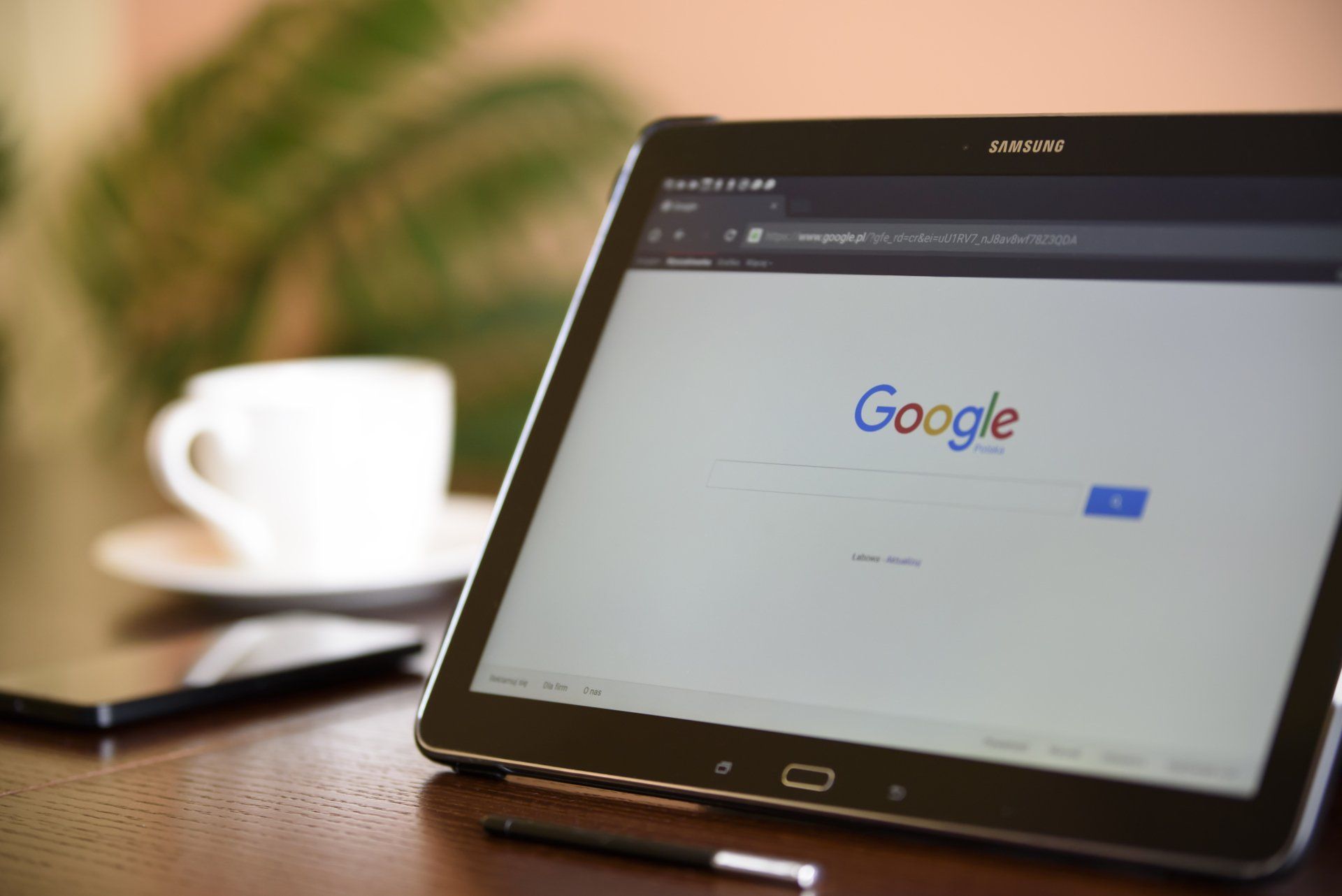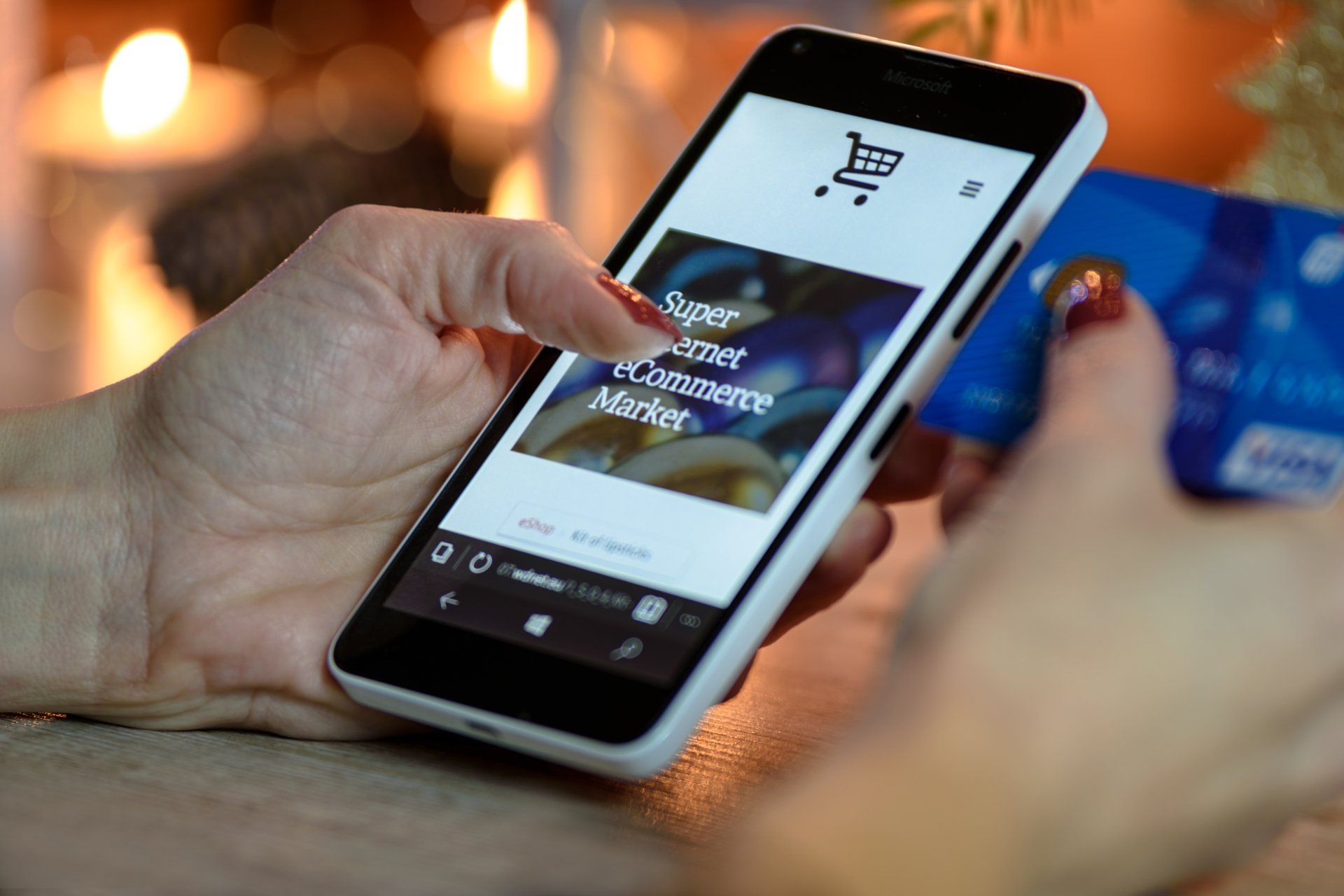Small Business Website Design Ideas
Reach your audience with impactful designs and optimized strategies.
✅ Enhance Your Online Presence
✅ Increase Local Customer Engagement
✅
Drive More Sales with Local SEO
Get Started Today!
Complete the form below
Contact Us
Build Your Online Presence Without Breaking the Bank
Discover small business website design ideas and solutions that deliver professional results and help your business grow. Your website can serve as an essential touchpoint for new customers and returning clients. A well-crafted online presence can boost credibility, increase conversions, and set you apart from your competition. Below, you will find practical steps to improve your site’s look, feel, and performance. Clickflip SEO supports these principles and can help bring them to life for your brand.

Why Small Business Website Design Matters
A clean, functional design helps your small business compete with larger brands. Consistent branding and responsive layouts can leave a strong impression on potential customers. Fast-loading pages, clear text, and easy navigation build trust. Good design can attract more traffic from search engines and encourage visitors to explore multiple pages. These factors work together to drive conversions, sign-ups, or inquiries.
Clickflip SEO offers guidance for small businesses seeking website improvements. We can optimize your images, create a consistent color palette, or improve your navigation. Our team knows how to develop sites that load quickly, rank well, and look professional. We apply proven SEO strategies so your website can reach people who need your products or services.
Consistent Branding
Visual Identity
Use a unified color palette, typography, and logo across all your pages. Keep your color choices in line with your overall brand. A consistent palette helps visitors recognize your business at a glance. Uniform fonts and a clear logo placement add to the cohesive appearance. When all these elements align, your brand gains recognition and stability.
Design Elements
Maintain consistent styles for buttons, icons, and other design components. Repeat the same button shape or icon style throughout your site. This approach helps users learn what to expect as they navigate. Consistency also adds polish to your design. These small details can make your site feel more reliable and professional, which can encourage users to stay longer.
Mobile-Responsive Design
Flexible Layouts
Ensure your website adjusts smoothly to various screen sizes. A responsive layout prevents issues on small screens like smartphones or mid-sized tablets. These layouts help your pages look great on devices of different shapes. Responsive sites can also rank higher on search engines because they serve users effectively. This increases the chance that visitors stay on your site instead of leaving due to poor viewing experiences.
Touch-Friendly Elements
Optimize buttons and menus for touch-based actions. If links or buttons are too small, people might struggle to click them on a phone. Make sure your text remains large enough to read without zooming. This boosts user satisfaction and ensures people can easily navigate your site on their mobile devices.
Intuitive Navigation
Clear Menu Structure
Use straightforward labels for each section of your site. Organize your pages under headings such as “Home,” “About,” “Services,” and “Contact.” This structure helps users locate information quickly. People may leave if they cannot find what they need in a short period. A logical menu system keeps them on track and leads them to the right areas of your site.
Breadcrumbs
Add breadcrumb trails so users can track their location within your site. Breadcrumbs appear near the top of each page and show how the user got there. This feature also helps search engines grasp your site’s layout. Users can click back to any earlier step, which improves ease of use. Clear paths mean better user engagement and improved ranking signals.
Clean and Structured Layout
Whitespace Utilization
Give elements room to breathe. Whitespace, or empty space, helps highlight important text or visuals. It prevents clutter and lets visitors focus on the parts that matter most. This practice can encourage users to explore your content further without feeling overwhelmed.
Visual Hierarchy
Use size, color, and positioning to guide user attention. Place your headlines in larger text near the top. Show important messages in bold colors. Keep secondary details in smaller fonts or neutral shades. This strategy helps users locate priority information and move through your content with ease.
Optimized Visual Elements
High-Quality Images
Pick relevant, professional images to enhance your site’s appeal. Low-quality images can deter potential customers. Large file sizes, however, can slow load times. Strive for a balance between quality and performance. Choose photos that accurately represent your brand. Show your products, your team, or your office space if it fits your message.
Image Optimization
Use formats such as WebP or compressed JPGs to reduce file sizes. Rename your images with clear file names that describe the content. This approach can boost your SEO by telling search engines what your images depict. A faster load time also pleases users, which increases the chance they will remain on your site.
Effective Typography
Readable Fonts
Select typefaces that are easy on the eyes. Avoid complicated fonts that look nice but reduce clarity. Pick a base font size that keeps text legible across device screens. If users struggle to read your site, they will likely leave or lose interest.
Hierarchy and Consistency
Develop a consistent pattern for headings, subheadings, and body text. For instance, use one font style for main headers and a different style for subheaders. Vary font weights and sizes to highlight key details. This uniform structure makes it simple for users to skim your pages and find what they need.
Prominent Calls to Action (CTAs)
Strategic Placement
Place CTAs in areas where users are most likely to take action. These spots often appear at the top of your homepage, after important product information, or in the footer. Use clear text for these buttons. Examples include “Contact Us,” “Request a Quote,” or “Sign Up.” Straightforward phrasing helps people know what to expect when they click.
Visual Contrast
Design your CTAs to stand out from the rest of the page. Use a bold color or a solid outline that contrasts with your background. Consider adding a hover effect so the button changes color when a user moves the cursor over it. This emphasis signals users to pay attention.
Accessibility and Usability
Alt Text for Images
Include descriptive alt text for each image. Users with screen readers rely on this text to understand the image. Alt text can also improve your SEO by providing additional clues about your content. Keep it brief but relevant to the image and the page topic.
Contrast and Readability
Make sure the text and background colors differ enough to stand out. Dark text on a light background improves visibility. Light text on a dark background works if done properly. Poor contrast can strain the eyes and lead users to leave your site. A balanced color scheme keeps them around.
Keyboard Navigation
Enable users to move through your site with a keyboard. Some users need this function due to physical or visual challenges. Ensure that links, forms, and buttons can be accessed by pressing the Tab or arrow keys. This step supports an inclusive user base and shows you care about all visitors.
Conclusion: Get Started with Clickflip SEO
Small business website design ideas can transform your online presence. Start by focusing on consistent branding, user-friendly layouts, and responsive design. Keep your visuals optimized, invest in clear typography, and make CTAs visible. Ensure your site meets accessibility guidelines so all users can enjoy it. These steps help build trust and keep visitors engaged.
If you need expert help, Clickflip SEO can assist with design, SEO, and content strategies. Our solutions can help your small business stand out. Get started now to create a website that strengthens your brand and helps your company grow. Your online success may only be a few design improvements away.









